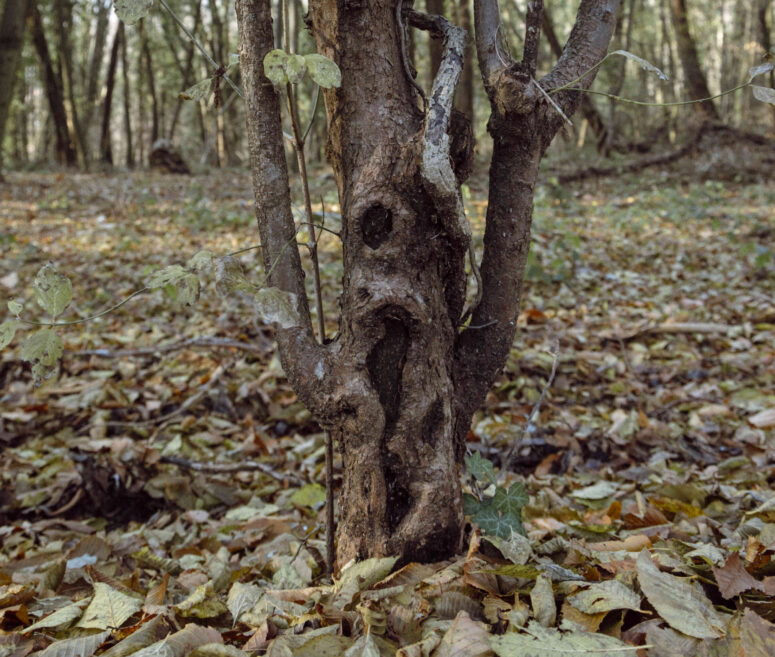I had never been to Bergamo before I went to search for the soil to use in the spheres of Corridori Lenti among its valleys. I began studying the land, its geological history, the morphology of its body, and imagining my route.
The choice of path offers an initial interpretation of the landscape, unexpectedly shaping the diversity of relationships we encounter and the new ones we create. While destinations fulfill our longed-for imaginations, the paths leading towards them surprise us, allowing for the unexpected discovery of new knowledge, both human and non-human.
Each passage leaves a trace of encounters, whether in cities or in the less human-touched woods. How much do flows alter the shape of the landscape we inhabit? [1]
We are used to thinking of nature as being outside cities, as something separate, but this isn’t true. If we fail to notice the traces of co-inhabitants around us, it’s because the mark we leave is so invasive that it leaves no space, —except for what is pre-planned, —for other species. Yet there are exceptions.
In urban planning, “desire lines” is the term used to describe unplanned, undesired paths created by people’s movement through urban areas. These “desire lines” are similar to poorly maintained trails in forests, but unlike the latter—perceived as reassuring—they are seen as annoying fallacies, as a flaw in a system designed exclusively for humans, who rarely remember they cohabitate with other neighbors. [2]
The disobedient lines become meeting points with the wild, with those hidden patches of land that provide refuge to plants, animals, insects, and a non-programmed mixture of life. They are the first spaces that teach us to step off the predefined routes, to discover the kinships that develop in the realm of the untamed, and to reflect on the pathways of life that overlap around us. [3]
On mountain trails, I often feel the urge to slow down, to step off the beaten track, and then rejoin it, only to veer off again. I try to spot the signs of relationships around me: the unusual shape of a tree trunk, perhaps pressed against in its youth by a passing animal, or bent by the wind; or the roots of another tree wrapping around a stone, placing its entire weight on top of it. And the stone, ready to bear the burden despite cracking more and more every winter, opens up new crevices for deep green mosses.
Sometimes, I see shapes or figures in stones, trees, or clouds that, —through creativity, —bring the forest to life in my imagination. I spot the base of a tree that looks like a house, with doors and windows, and I think of the curiosity that Italo Calvino’s Baron in the trees— [4] who chooses the treetops as his home so as to see the world from a new perspective—might have felt discovering a new neighbor he knew nothing about. Who might its inhabitants be? A little rodent like in Alice in Wonderland, or perhaps an enormous ant metropolis? Or maybe a brightly colored lichen, or a young porcini mushroom?
Creativity leads us to approach and to understand, to discover relationships we never expected.
One example that illustrates the need for biodiversity and interspecies exchange—a fragile balance—is that of the monarch butterfly, increasingly at risk of extinction due to climate change and the dwindling availability of its host plant, the “asclepias”. [5]
Through the cultivation of this plant, it was discovered that the butterfly larvae need the presence of other insects, often deemed harmful: aphids. These tiny, pest-like insects, detested by every gardener, turn out to be invaluable for monarch butterfly larvae, which have a higher chance of completing their metamorphosis when they share the plant with aphids.
Likewise, other species have developed invisible collaborations with bacteria to craft unique survival strategies. Some octopuses, for instance, use a bacterium called “Vibrio fischeri” to mimic the moon’s glow, making themselves phosphorescent as a defense mechanism. Without these microscopic allies, the octopuses would remain defenseless and vulnerable. [6]
Closer to home, there’s the example of fungi—some of the most prized varieties (such as chanterelles, porcini, and truffles) are the fruit of an interaction between a specific mycelium and a particular tree. [7] Every autumn, we venture into the mountains to gather mushrooms, distinguishing the poisonous from the edible as taught by our ancestors, and our tables fill with dishes prepared according to recipes handed down over generations. In these culinary delights, we can taste the richness of interspecies encounters. The more attention we pay to the world around us, the more we discover new forms of cohabitation and exchange.
[1] Perazzi, Antonio. I giardini invisibili. Un manifesto botanico, Utet, 2022.
[2] Dalmasso, Anna Caterina. “Urban space and the luck of the path”, Dune vol. 003 n.001, Shortcuts Flash Art, 2022.
[3] Favole, Adriano. La via selvatica: storie di umani e non umani, Editori Laterza, 2024.
[4] Italo Calvino, Il barone rampante, Mondadori, 2023.
[5] Haraway Donna, Chtulucene. Sopravvivere su un pianeta infetto, Nero Editions, 2019.
[6] Ibidem.
[7] Tsing, Anna Lowenhaupt, Il fungo alla fine del mondo. La possibilità di vivere nelle rovine del capitalismo, Keller, 2021.
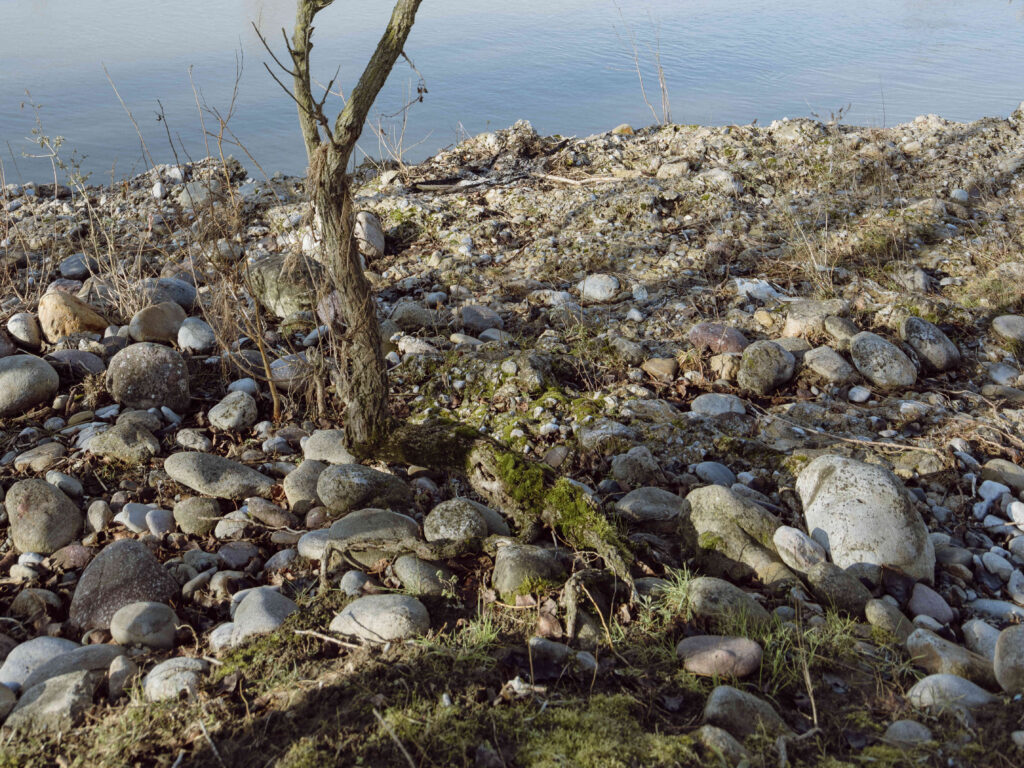
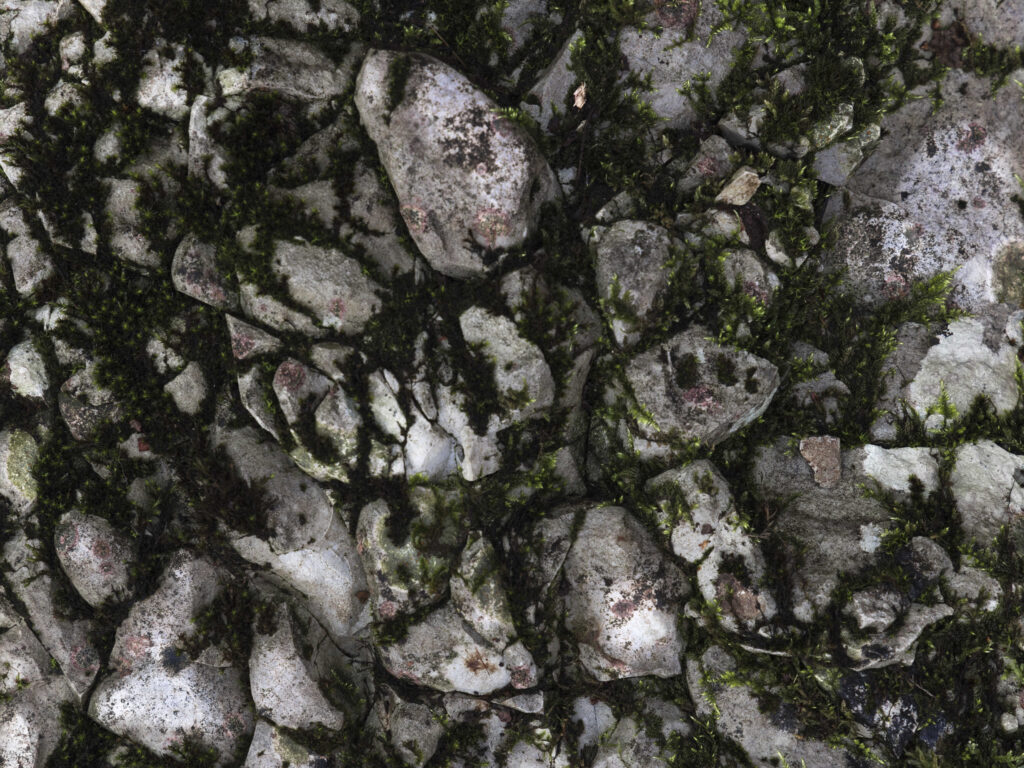
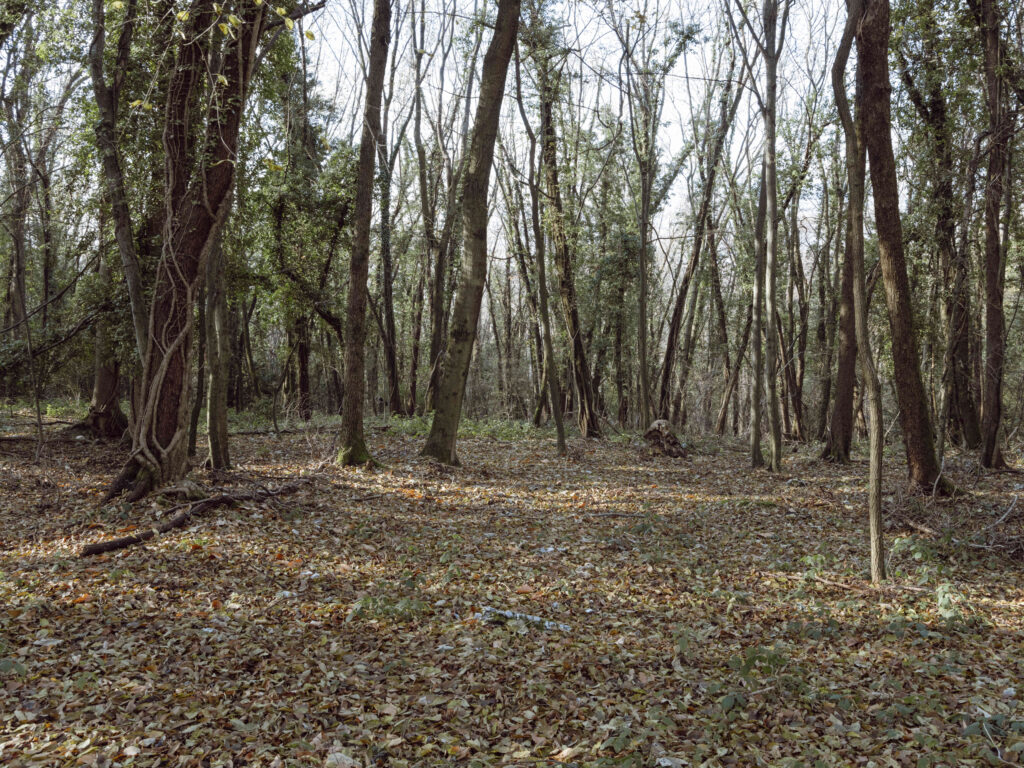
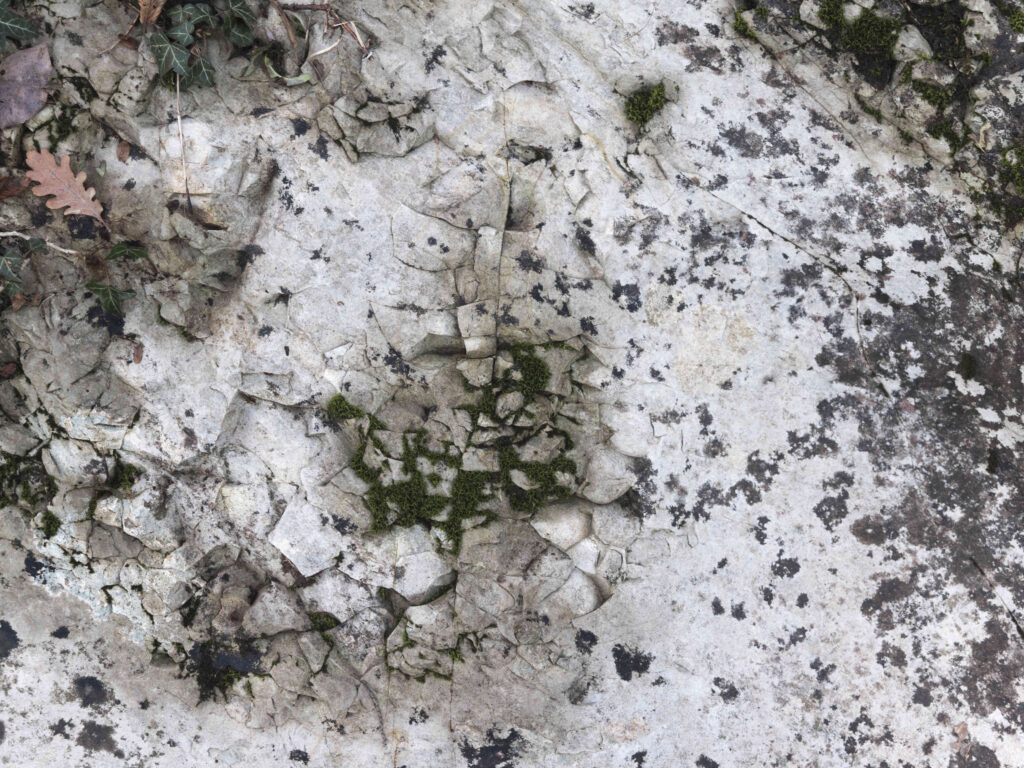
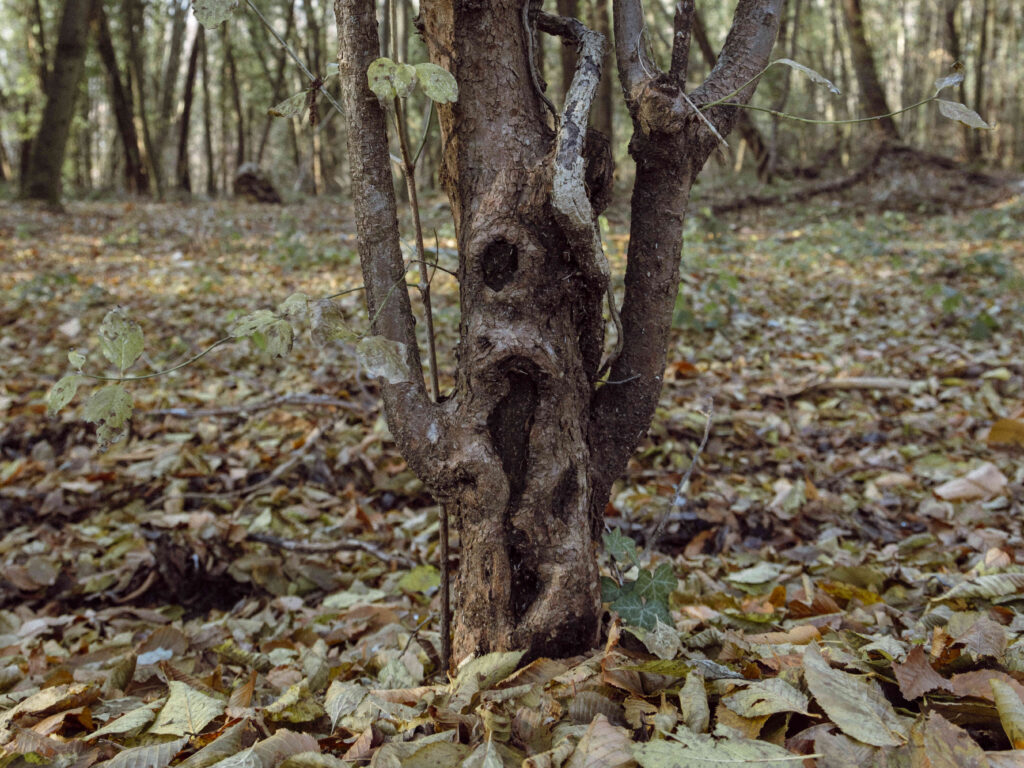
I collected the soils for Corridori Lenti from various places around Bergamo, following criteria that shifted constantly. In some cases, focusing on the ground, I stumbled upon patches of soil with particularly vivid or unusually pale hues. Often, when unfamiliar with an area, one tends to probe the terrain, digging here and there. At other times, it’s enthusiasm that leads to an unexpected discovery.
A particularly majestic tree invites me to approach, and while I gather and work the soil beneath it, I reflect on that place, on the relationships that animate and alter the signs of the landscape embedded in the earth. Near a scenic viewpoint in the hills of Bergamo’s Parco dei Colli, I come across a composition of seven or eight mounds of earth arranged like the stars of the Big Dipper, almost as if, right there where the horizon was most visible, the shadow of the constellation had descended to settle on the ground. I collect the soil already piled up by moles, smiling at the thought of that mole—might it ever have imagined it was the co-creator of a work of art?
Reportage by Umberto Pellini



